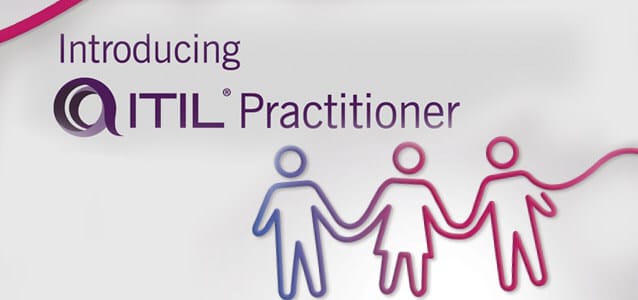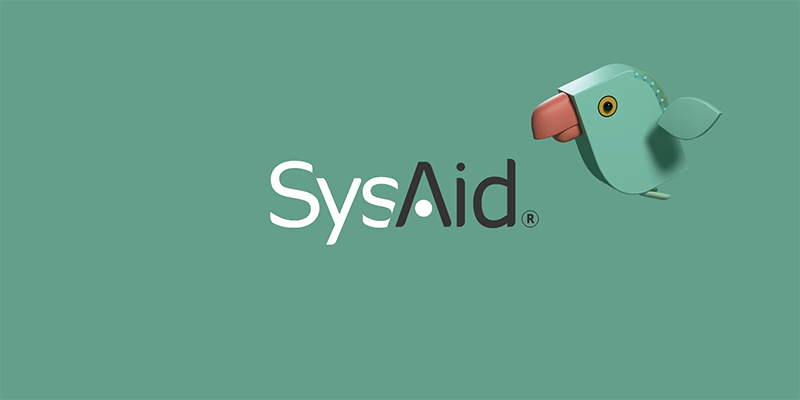Back to ITSM Basics: The 9 Guiding Principles of ITIL Practitioner

In a previous blog I talked about “starting where you are” as a guiding principle for people who want to improve outcomes for customers. I talked about how this means not throwing away everything you already do and starting again from zero, and how following this principle can really help you to do a great job when you’re planning IT service management improvements. What I didn’t mention was that “Start where you are” is one of the guiding principles in the new ITIL Practitioner Guidance, which was launched in February 2016. I was delighted to be included as one of the authors of this publication, and I want to tell you a bit more about it.
The ITIL Practitioner Guidance describes nine guiding principles, and I believe everybody in service management should think about all of them, because if you follow these guiding principles, they can really help you succeed.
In addition to Start Where You Are, the other ITIL guiding principles are as follows:
- Focus on Value: Everything you do should be based on maximizing value for your customers.
- Design for Experience: Think about, and manage, how your users and customers experience your services and their interactions with you.
- Work Holistically: Consider the end-to-end value chain, and how all the bits fit together. Don’t optimize one process or activity at the expense of the overall service.
- Progress Iteratively: Make a series of small improvements, rather than trying to create one enormous project. Agile works really well as an approach to ITSM improvements.
- Observe Directly: Don’t just rely on reports and metrics, go to where the work happens and see what people actually do.
- Be Transparent: Make sure everyone knows what’s happening, engage them early, and make sure they understand organizational goals as well as the actions you’re taking.
- Collaborate: It takes a lot of people to deliver IT, which makes it all too easy for IT teams to have too narrow a focus without due regard for the bigger picture. IT that runs in silos is often the cause of our problems, but if we collaborate across teams then we can do a much better job.
And finally
- Keep It Simple: Eliminate everything that you don’t need, so that you can focus on the things that are really important.
We should remind ourselves to think about all of these guiding principles whenever we plan any ITSM improvement. If we could all learn to focus on these things instead of on our processes and technology, then we’d do a much better job for our customers, and we’d create more value for everyone.
Combining the Guiding Principles
Each of the guiding principles I’ve talked about has a lot of value on its own, but the real benefit comes from combining them. For example, you could combine the ideas of Observe Directly, Be Transparent, and Collaborate when you’re carrying out an ITSM assessment. I’ve done this and it leads to great results. For instance, on one assessment I invited the customer to join me when I interviewed the IT people responsible for planning changes and releases. Not only did this give the customer great insight into the issues that IT were dealing with, but it also helped me to create a report that really did focus on customer value. That made for a better result all round.
Another very powerful combination of principles is Focus on Value, Design for Experience, Work Holistically, and Keep It Simple. I used all four of these principles to make absolutely sure that the new incident management process one customer asked me to design really did work for both the customer and the IT organization involved. Actually, this was another occasion where I engaged the customer in helping to design the process — after all the process was there to satisfy their needs — so, in fact, we also used Collaborate, Be Transparent, and Observe Directly. And really, now that I think about it some more, we also used Start Where You Are to make sure we didn’t waste the great work that had already been done in this area. That’s eight out of the nine principles right there in just this one example!
And here’s another example of how I’ve used these guiding principles in practice. This story is based on a real client but I’ve changed some of the details for privacy reasons. The organization operated in many countries, and had lots of separate service desks. Some of the service desks supported just a few users, others supported users in four or five different countries. Some of the service desks were managed in-house, others were outsourced. The organization wanted to improve the service offered to roaming users, and to provide a more consistent worldwide service, but they didn’t even have any consistent metrics that they could use to compare quality of service in different locations. They had an “ITIL Consultant” who proposed to create a new process, which could be deployed to all locations. The consultant had told the customer that it would take about nine months to write the documentation for this new process. I worked with the customer to understand the situation, and then proposed a different approach that would deliver value much faster. This is what I recommended:
- Break the work down into a number of activities, each of which would deliver some value — [Progress Iteratively]
- Talk to customers and users, and agree on a small number of business-focused metrics that we would measure for each service desk — [Collaborate], [Focus on Value], [Design for Experience], [Observe Directly]
- Select the two or three best performing service desks and investigate how these could expand to provide support to more locations, replacing poorly performing desks — [Start Where You Are], [Progress Iteratively], [Be Transparent], [Keep It Simple]
- Continue to measure the agreed metrics and allow the best performing service desk to take over gradually over a period of time — [Progress Iteratively], [Start Where You Are]
Whatever you’re responsible for in IT, I think that the ITIL Practitioner guiding principles can really help you to focus on what’s important, for you and for your customers, so please read about them, and think about how you could incorporate them into your work. You can buy the ITIL Practitioner Guidance from AXELOS, or from TSO or from other online bookstores. Consider each guiding principle in turn and think about how you could use it to improve what you’re doing, whether this is an improvement project or just doing your normal work.
As always, please let me know how these ideas work out for you. You can contact me easily on Twitter at @StuartRance.
(This blog was originally published as a podcast by Stuart Rance, as part of SysAid’s “Back to ITSM Basics” program.)
Did you find this interesting?Share it with others:
Did you find this interesting? Share it with others:









